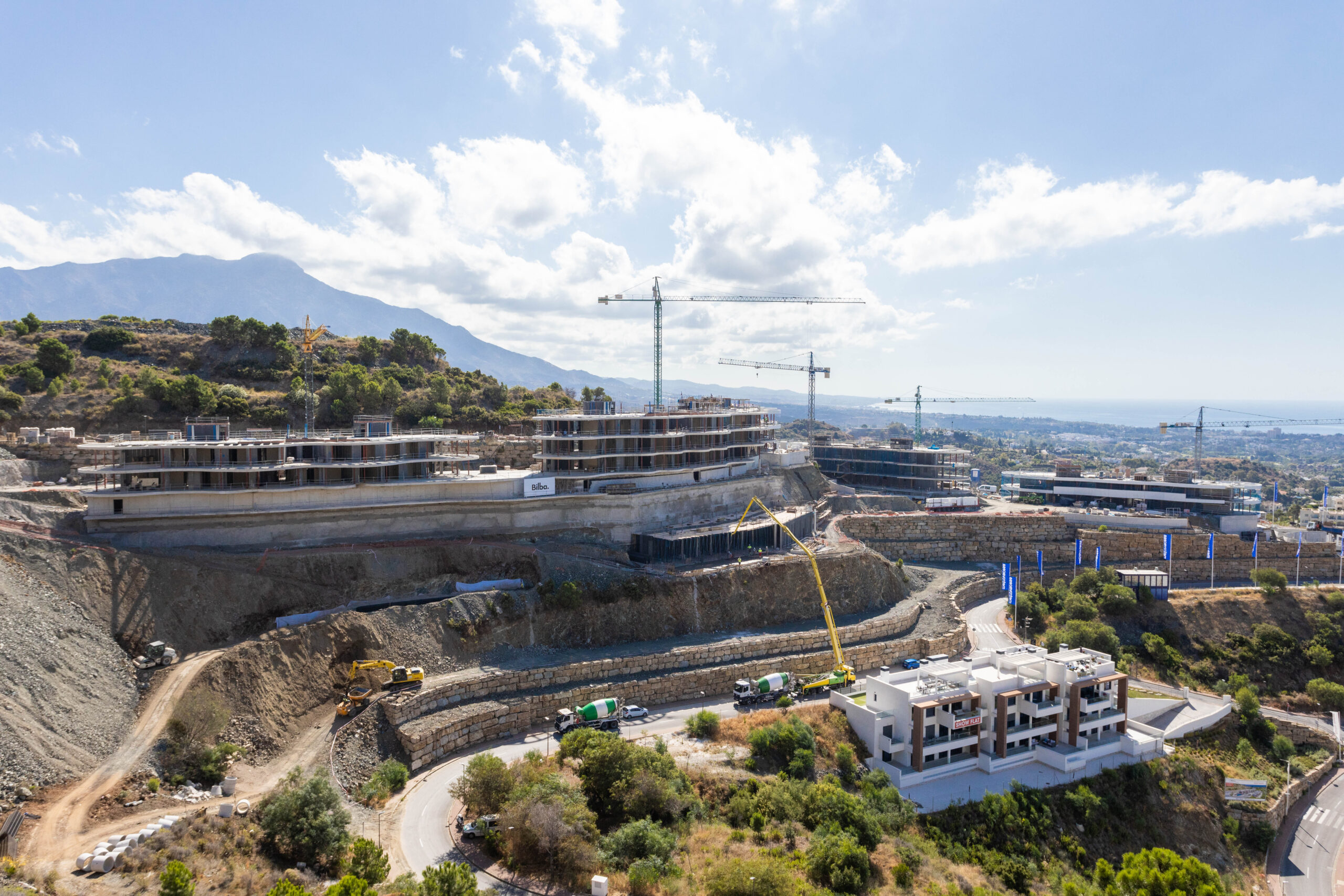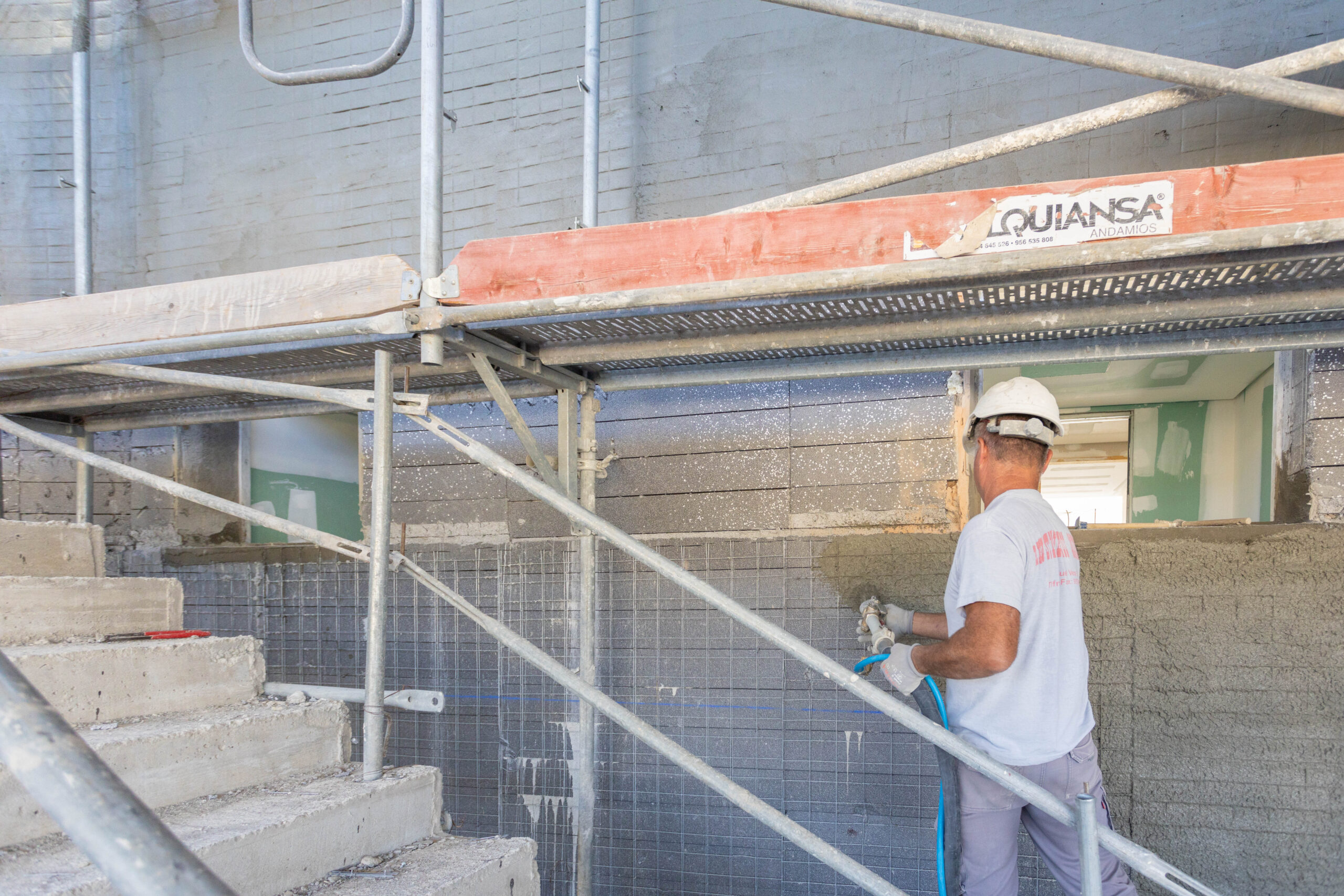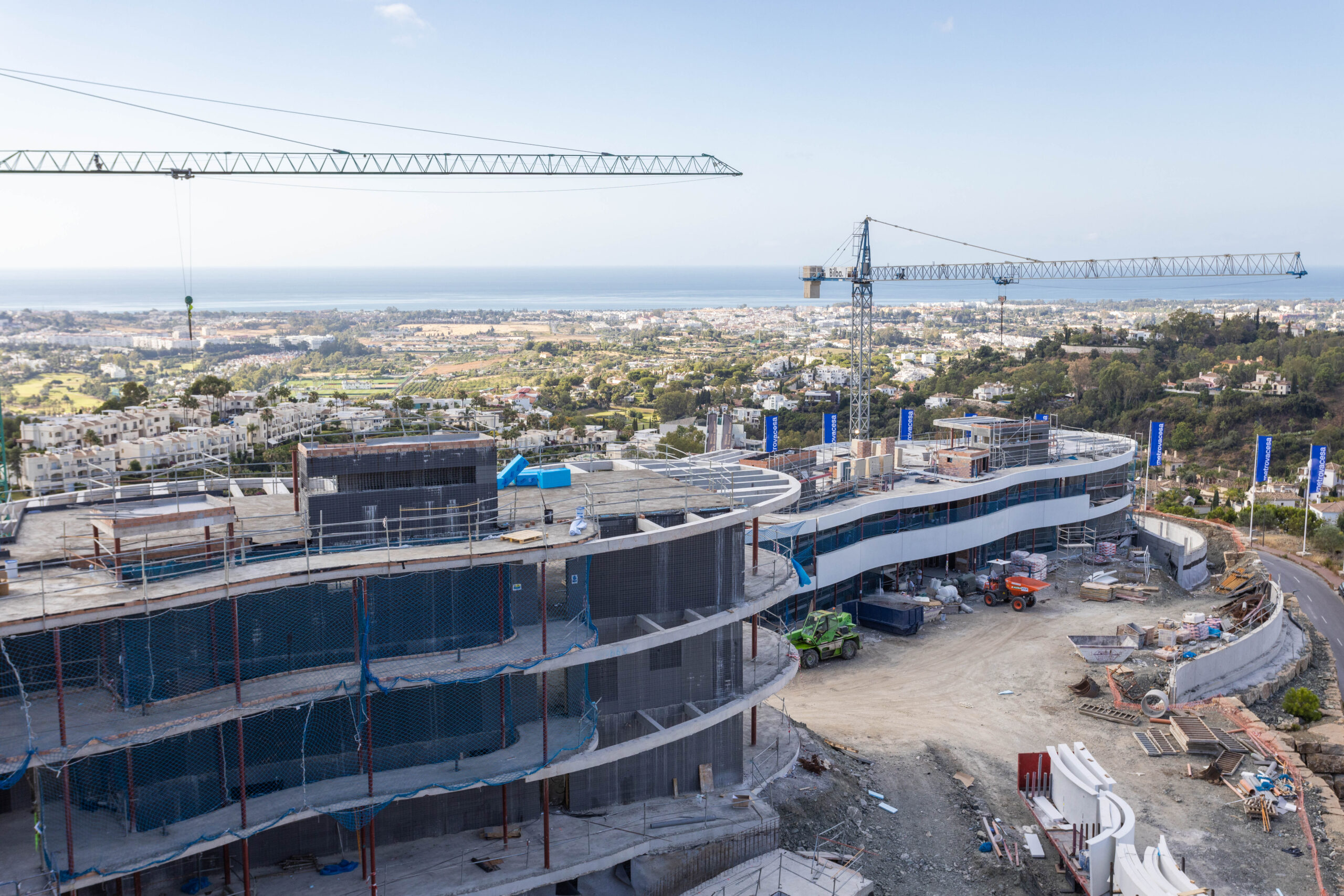
Modular construction, a new real estate trend
Change is on the horizon in the construction industry, and it is real estate investors who are driving these advancements with the use of innovative modular construction methods.
Given the rapid development in technological capability since the Second World War, it may surprise many outside of the construction world that building methods varied very little for decades. Architecture and design have been revolutionised for the digital age with the use of BIM technology at the initial stages of property development, however, the actual construction of these properties uses methods, which, for the most part, would still be recognisable to a post-war builder. Real estate investors are driving change however, with the promotion of modular construction as a rapid, cost-effective and sustainable alternative to traditional construction methods.
What is modular construction?
There are a number of reasons why modular construction is so attractive to real estate investors, but first, we need to define modular construction.
This is a cutting-edge technique that involves constructing a building using pre-fabricated sections, or modules, manufactured in a controlled factory environment. These modular components are then transported to the building site and assembled to form the final structure. This innovative approach to construction offers numerous benefits, including:
- Enhanced quality control
- Improved energy efficiency
- Increased sustainability
- Reduced construction time
As a relatively new and rapidly growing method of building, modular construction has captured the attention of many real estate investors. Its advantages over traditional building methods make it an attractive option for investment. In this article, we will delve into the reasons behind the rising interest in modular construction among real estate investors and how this method of building is poised to transform the construction industry.

What are the advantages to modular construction?
From full volumetric modular construction to individual modules, all modular construction has the same thing in common: the industrialisation of building.
Modular components are transported to the building site and rapidly assembled to form the final structure. This innovative approach to construction offers numerous benefits, including enhanced quality control, improved sustainability, increased efficiency, and reduced construction time. For example, Spanish modular pioneer Sismo Spain’s modules, used by Wilma Sierra Blanca in their The View Marbella development, produce construction panels that are an innovative structural solution. Some developers routinely use bathroom ‘pods’, standardised units that are built on a factory production line and slotted into place on site. The many benefits of modular construction for real estate investors are expanded on below:
1. Speed:
One of the biggest advantages of modular construction is the speed at which structures can be built. Modular construction involves building components off-site in a factory environment, which reduces the need for on-site labour and allows for work to be completed faster. This is particularly important for real estate investors who are looking to maximise their return on investment as quickly as possible. With modular construction, real estate investors can expect to see their projects completed in half the time it would take using traditional construction methods. Modular construction, therefore, with its shortened timelines, can effectively reduce risk by minimising the amount of time that developers’ capital is invested in unoccupied or developing land.

With modular construction, real estate investors can expect to see their projects completed in half the time it would take using traditional construction methods
2. Cost efficiency:
Modular construction is also much more cost effective than traditional construction methods. The factory production-line method of construction drastically reduces labour costs, and additionally, eliminates many of the delays and setbacks that often occur during traditional on-site construction projects, such as weather-related delays and material shortages. This helps to minimise project costs and ensure that projects are completed on time and on budget.
3. Quality control:
Industrialized construction systems also offer much greater quality control than traditional construction methods. The off-site assembly of components is done in a controlled environment, which reduces the risk of damage to materials. Additionally, precision engineering and advanced building technologies ensure that modular structures are built to exacting standards. This results in high-quality structures built to last and less likely to require repairs or renovations in the future.

4. Sustainability:
Modular construction is also a more sustainable form of building compared to traditional construction methods. The use of prefabricated components reduces the amount of waste generated during the building process and helps to minimise the impact on the environment. Additionally, industrialized systems often involve the use of sustainable building materials and techniques, resulting in well-insulated, energy-efficient buildings. This helps to reduce the carbon footprint of the building and make it more environmentally friendly. The end result is lower energy bills for the homeowner and improved comfort, making the properties more appealing to potential buyers. This improved insulation and energy efficiency can also increase the resale value of the properties, making them a more profitable investment for buyers.
5. Design flexibility:
Industrialized construction systems also offers greater design flexibility compared to traditional construction methods. The flexibility of modular construction allows real estate investors to create structures that are both functional and aesthetically pleasing, while also maximising the potential for return on investment.

The revolution of the construction industry
There are ways that real estate investors are driving the move towards modular construction, with Berkeley Homes in the UK, for example, investing in its own factory to produce 1,000 modules a year. Using prefabricated sections, such as those manufactured by Sismo Spain, can see a quicker return on investment, an improvement in build quality and an investment in sustainability. Buyers are much more eco-aware when buying new properties these days, thanks both to climate concerns and awareness of climbing energy prices. Lower carbon footprint building is good news for both the climate and conforms to building regulations that are only going to tighten as governments pivot towards sustainability goals.
Ultimately, modular construction is a cost-effective, efficient, and sustainable method of building structures that is rapidly gaining popularity among real estate investors. With its numerous advantages over traditional construction methods, it is poised to revolutionise the construction industry and become the preferred method for building structures in the future. As more real estate investors put their money into modular construction, it is likely that we will see this method take the lead in the mainstream market in the near future.
